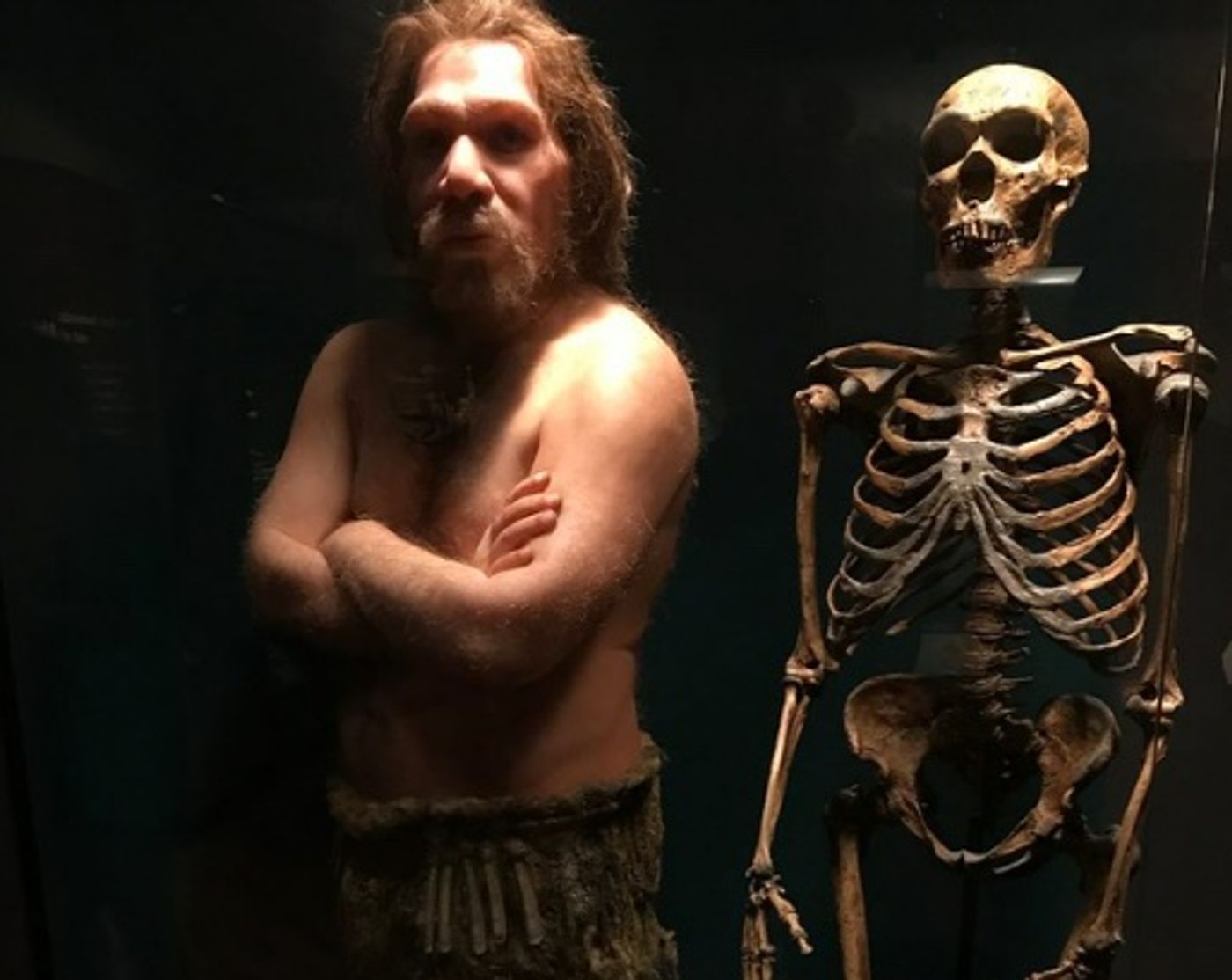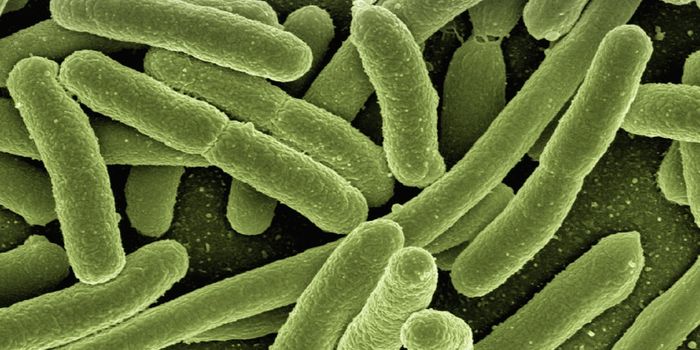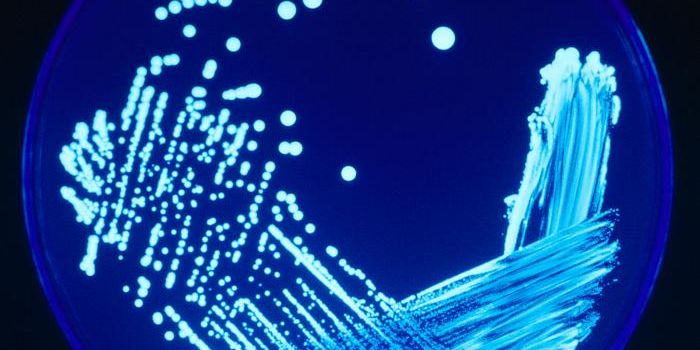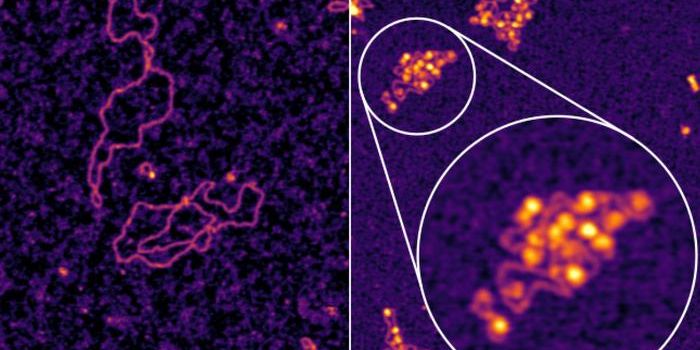Neanderthal Genes Risk Causing Toxicity with Common Drugs
Image Credit: Ellen Macdonald via (Attribution-NonCommercial-NoDerivs 2.0 Generic (CC BY-NC-ND 2.0))
While Neandertals have gone extinct, their DNA still lingers in the genome of modern humans, where it can help or harm our survival today. Neandertals had half a million years of different evolutionary pressures that influenced and created their unique genome. When homo sapiens and homo neanderthalensis bumped into each other about 50,000 years ago, so did their DNA.
Neandertal DNA is present in around 1 - 3% of people with ancestry outside of sub-Saharan Africa. New research out of Stockholm’s Karolinska Institute found prehistoric intermixing between modern humans and Neandertals might play a role in prescription drug toxicity.
Research out of The Pharmacogenomic Journal has identified an association between Neandertal alleles and medical related traits of modern humans. Single nucleotide polymorphisms or SNPs are tiny changes in genes which can alter the function of the proteins they’re used to create. Scientists have recently identified SNPs in the DNA of modern humans that originated from their extinct cousins the Neandertal. These genetic variations are present in genes related to our skin, immune system, and metabolic function, as well as mental health conditions such as the risk of depression and addiction.
Haplotypes are groups of genes that tend to be inherited from one parent and are recognized for their unique variations. These genes lay close to one another on a chromosome so are less likely to segregate during meiosis. The Stockholm researchers identified a haplotype related to Neandertals containing two SNP-heavy genes on chromosome 10 with clinical implications for those who carry it.
The genes CYP2C8 and CYP2C9 both reside on this Neandertal derived haplotype. In modern humans, the CYP2C9 gene encodes an enzyme whose activity differs depending on its SNP variations. When the SNPs combination results in low enzyme activity, it can cause a toxic reaction with two drug substrates. One substrate is warfarin, a blood clot prevention medication. Another is phenytoin, an anticonvulsant prescribed during surgery on the nervous system. Another gene co-segregating with CYP2C9 is CYP2C8. Another medically relevant enzyme, it’s responsible for breaking down a number of pharmaceuticals such as antidiabetic drugs, statins, anti-inflammatories, and even ibuprofen.
Variants carried by up to 12% of the European population result in the slow metabolization of these drugs and are at a higher risk of complications. This research found that two important variants of CYP2C8 and one of CYP2C9 are in the same Neandertal-related haplotypes and identified clinically relevant effects explained by ancestral history. Future researchers may provide information which could help develop custom treatments for patients with pharmacologically relevant gene variations.
Sources: Smithsonian, Nature (1), (2), Science









